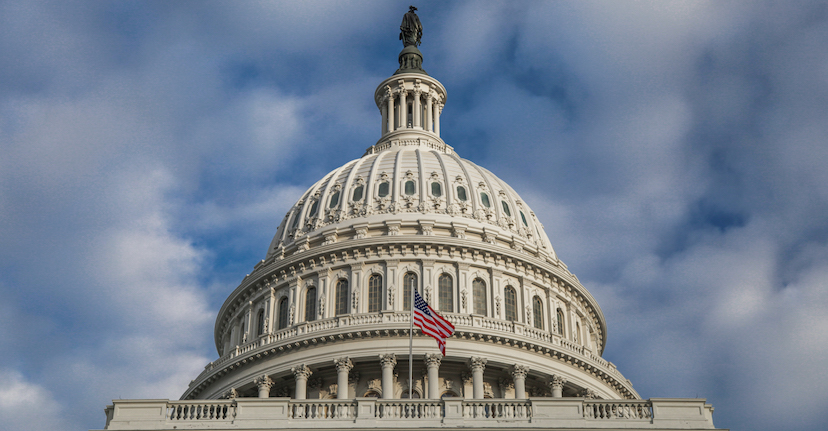
Paying for the Plan
Yesterday the Biden administration introduced a $2 trillion infrastructure package. The spending plan, which will rebuild roads and tunnels, improve schools, and upgrade the electric grid, is the President’s second major initiative since taking office in January.
To fund the plan, the White House would raise the corporate tax rate to 28%. That, combined with rules aimed at preventing companies from taking profits offshore, is expected to pay for the infrastructure plan over fifteen years. For context, the corporate tax rate was reduced to 21% from 35% in 2017.
The first part of this two-pronged economic plan does not include raising taxes on top earners’ individual income, estates, or capital gains.
How the $2 Trillion Will Be Spent
The White House’s infrastructure plan covers several areas that proponents argue have been neglected over the years. Of the $2 trillion, $621 billion is earmarked to improve bridges, tunnels, roads, airports, and public transit, as well as fund the development of electric cars, trucks, and buses.
The White House plans to spend $400 billion to care for America’s older adults and people with disabilities, as well as $300 billion to improve drinking water, increase broadband access, and upgrade electric grids.
The remaining $880 billion will be used to build and improve affordable housing and schools. Funds will also be invested in US-based manufacturing, research and development, and job training.
Spurring Economic Recovery and Shifts to Green Energy
Biden and his administration expect that infrastructure spending will help revitalize the US economy after it has been battered by the COVID-19 pandemic.
The administration also hopes the plan will help the country make a shift toward green energy sources. The White House expects it will have the support of some Republicans in Congress as it works to pass the bill. With that said, there will likely be heated discussions among lawmakers before an agreement is reached.
Yesterday’s announcement was just the first of a two-part economic plan that the President hopes to move through Congress. In April, Biden is expected to introduce a second plan focused on childcare, healthcare, and education.
Please understand that this information provided is general in nature and shouldn’t be construed as a recommendation or solicitation of any products offered by SoFi’s affiliates and subsidiaries. In addition, this information is by no means meant to provide investment or financial advice, nor is it intended to serve as the basis for any investment decision or recommendation to buy or sell any asset. Keep in mind that investing involves risk, and past performance of an asset never guarantees future results or returns. It’s important for investors to consider their specific financial needs, goals, and risk profile before making an investment decision.
The information and analysis provided through hyperlinks to third party websites, while believed to be accurate, cannot be guaranteed by SoFi. These links are provided for informational purposes and should not be viewed as an endorsement. No brands or products mentioned are affiliated with SoFi, nor do they endorse or sponsor this content.
Communication of SoFi Wealth LLC an SEC Registered Investment Advisor
SoFi isn’t recommending and is not affiliated with the brands or companies displayed. Brands displayed neither endorse or sponsor this article. Third party trademarks and service marks referenced are property of their respective owners.
SOSS21040102
The post President Biden’s $2 Trillion Infrastructure Plan appeared first on SoFi.
from SoFi Blog – SoFi https://ift.tt/3wl08yA
via IFTTT

0 Comments